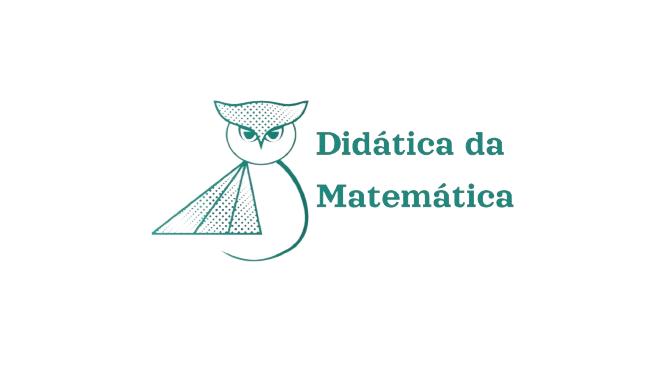A noção de infraestrutura (ou subestrutura) é, na TAD, um conceito geral: refere-se à base subjacente necessária para desenvolver qualquer atividade superstrutural determinada. Deve ficar claro, por exemplo, que a atividade “superestrutural” que consiste em assistir TV em casa requer uma enorme base infraestrutural. Em um sistema escolar Σ, a infraestrutura permite que os atores apropriados de Σ se envolvam nas atividades superestruturais de criação e gestão das escolas σ nas quais o sistema Σ consistirá. Em cada uma dessas escolas σ também existem meios de infraestrutura para criar e administrar as classes c, por exemplo, resolvendo problemas de tempo e local de operação. Em cada aula, existem dispositivos de infraestrutura semelhantes que permitem que as atividades superestruturais que compõem a aula sejam realizadas. Em uma aula de matemática, há uma infraestrutura construída gradativamente permitindo que as atividades matemáticas (superestruturais) sejam realizadas pelos alunos. Para poder escrever isso temos 141217/3215763 = 0,04391… ≈ 4,39%, por exemplo, precisamos ter disponível a operação de divisão e o sistema D ≥ de números decimais não negativos, sem esquecer um tempo de cálculo suficiente a mão ou através de uma calculadora, juntamente com as noções de “quase igualdade” e percentagem e respectivos símbolos (≈ e%). Deve-se notar que, em muitos casos, pelo menos dentro do paradigma de visita às obras, o tempo gasto para construir a infraestrutura matemática deixa relativamente pouco espaço para as atividades matemáticas (superestruturais) que essa infraestrutura deveria possibilitar. As coisas vão de maneira diferente dentro do paradigma de questionar o mundo, na medida em que a infraestrutura matemática é construída de acordo com as necessidades das atividades matemáticas superestruturais que se deseja desenvolver. Nessa perspectiva, deve-se destacar que a infraestrutura disponibilizada pela Internet e pela tecnologia da informação digital oferece um quadro bastante favorável às pedagogias de investigação.
Texto Original
Infrastructure and superstructure. The notion of infrastructure (or substructure) is, in the ATD, a general concept: it refers to the underlying base needed to develop any determined, superstructural activity. It should be clear, for example, that the “superstructural” activity that consists in watching TV at home requires an enromous infrastructural base. In a school system Σ, the infrastructure allows the appropriate actors of Σ to engage in the superstructural activities of creating and managing the schools σ that the system Σ will consist of. In each of these schools σ there are also infrastructural means to create and manage classes , for example by solving problems of time and place of operation. In each class, there are similarly infrastructural devices that allow the superstructural activities that make up the class to be carried out. In a mathematics class, there is a gradually built infrastructure allowing the mathematical (superstructural) activities to be carried out by the students. To be able to write that we have 141217/3215763 = 0.04391… ≈ 4.39%, for example, we need to have available the division operation and the system ≥ of nonnegative decimal numbers, without forgetting a sufficient calculation time by hand or a calculator, together with the notions of “almost equality” and percentage and their respective symbols (≈ and %). It should be noted that, in many cases, at least within the paradigm of visiting works, the time taken to build the mathematical infrastructure leaves relatively little room for the (superstructural) mathematical activities that this infrastructure is supposed to make possible. Things go differently within the paradigm of questioning the world, insofar as the mathematical infrastructure is built according to the needs of the superstructural mathematical activities that one wishes to develop. In this perspective, it should be noted that the infrastructure made available by the Internet and digital information technology offers a quite favorable framework to the pedagogies of inquiry.
Referências
BOSCH, M.; CHEVALLARD, Y. A short (and somewhat subjective) glossary of the ATD. In: BOSCH, M.; CHEVALLARD, Y.; GARCÍA, F. J.; MONAGHAN, J. (Org.). Working whith the Anthropological Theory of the Didatic in Mathematics Eduction: a comprehensive casebook. London and New York. Routledge: Taylor & Francis Group, p. 19-38, 2020.
